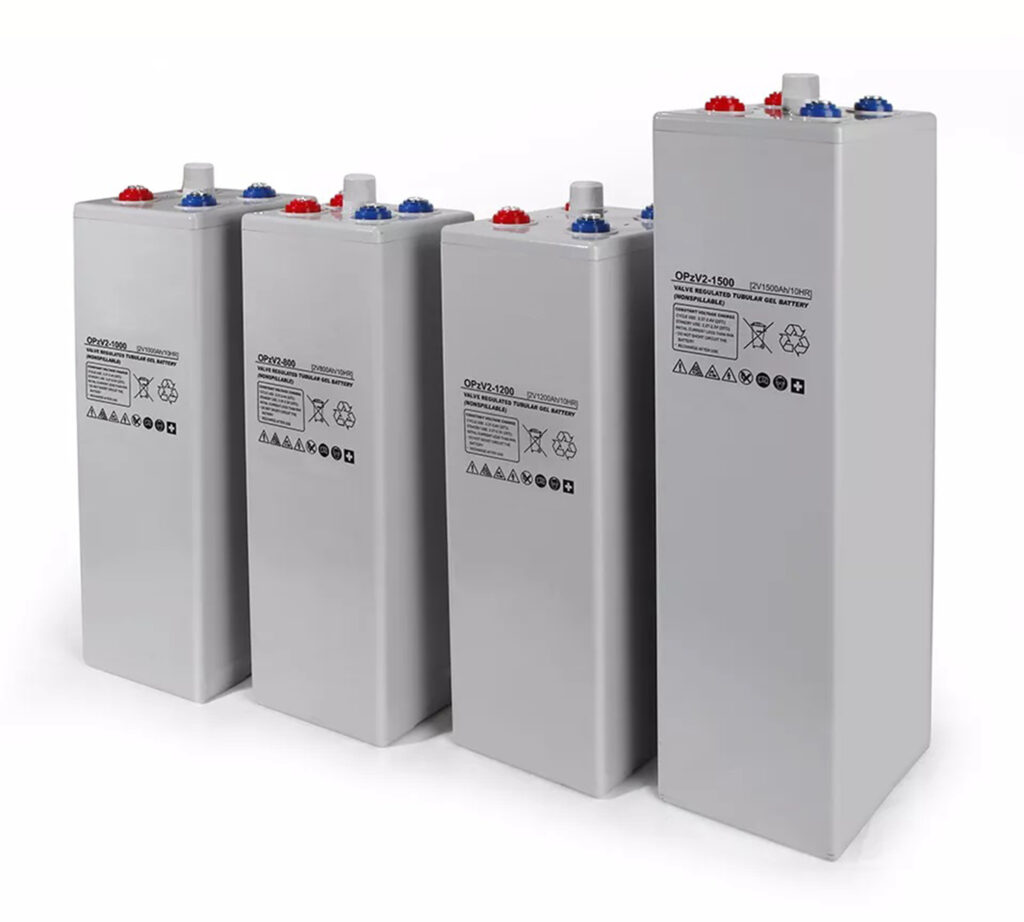When selecting OPzV lead-acid batteries for an energy storage system, it is crucial to understand the differences between 2V and 12V variants. This guide explores key factors to consider when making a choice.
Key Factors to Consider
- Application Type
- Large-scale systems (e.g., solar farms, telecom stations) benefit from 2V OPzV batteries due to their scalability.
- Small to medium-sized applications (e.g., home energy storage, UPS) may find 12V OPzV batteries more convenient.
- Battery Lifespan
- 2V OPzV: Designed for up to 20 years of service.
- 12V OPzV: Typically lasts around 12–15 years, which is still substantial but lower than 2V counterparts.
- Ease of Installation
- 12V OPzV batteries are easier to install, requiring fewer connections and simplifying setup.
- 2V OPzV batteries need multiple units to achieve desired voltage, making installation more complex but offering better customization.
- Energy Efficiency
- 2V OPzV batteries have lower internal resistance, leading to improved energy efficiency and reduced heat generation.
- 12V OPzV batteries, while efficient, may have slightly higher energy losses due to internal connections between cells.
Both 2V and 12V OPzV batteries serve essential roles in energy storage. If long-term reliability and efficiency are priorities, 2V OPzV batteries are the preferred option. However, for ease of use and straightforward installation, 12V OPzV batteries remain a strong choice.


